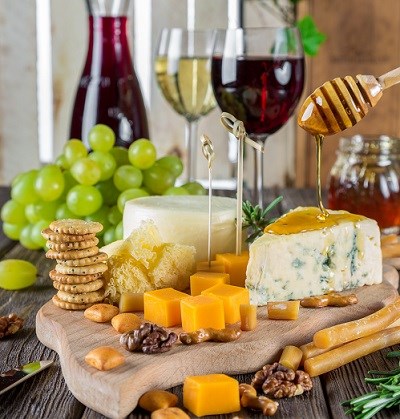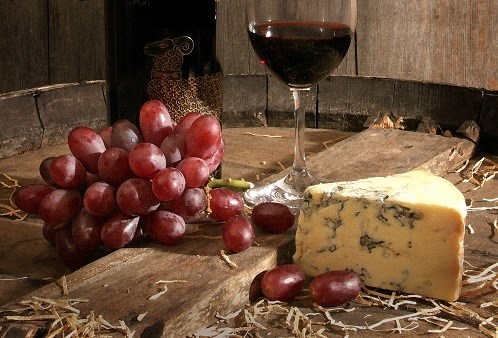Tips to enjoy Sherry wine even more
By now, we believe that no true winelover would question the fact that the wines of El Marco de Jerez are among the best wines in Spain.

It is said that in the past, winemakers always offered a portion of cheese to wine representatives when they gave them a tasting of some of their products, especially those of inferior quality or with some defect. In this way, they managed to "trick" the palate of the buyer, who ended up buying the bad wine as if it were of higher quality.
Although we speak in general terms, drinking cheese with red wine is not always a good combination. The fatty proteins in the cheese block the aromas of the red wine, and the tannins do something similar to the taste of the cheese. But, as in everything, there are exceptions that take us away from the more mathematical explanations.
There is no single type of wine capable of harmonising well with all cheeses, but we can make some general recommendations that can help to get the most out of the pairing of these foods. The basic principle in the world of harmonies is always the balance of flavours. We need both products to complement and enhance each other. We do this by starting with the most common types of cheese on the market.



Of course, this is just a basic guide to help you choose the most suitable wine, although in this, as in almost everything else, there is nothing written about taste. If we also accompany everything with bread, this serves as a catalyst between the wine and the cheese, even better if it is toasted. Do your own tests and if you find the perfect mix, do share with us all.
By now, we believe that no true winelover would question the fact that the wines of El Marco de Jerez are among the best wines in Spain.
Excitement and hope in the Marco de Jerez region over the creation of a new designation of origin for traditional wines, seeking to attract young consumers with a sustainable and quality approach, projected for Europe in 2025.
At Peñín we are already focusing on the 2025 Guide, which begins its tasting tour this January to reach October with the most complete Guide to Spanish wines in the world.